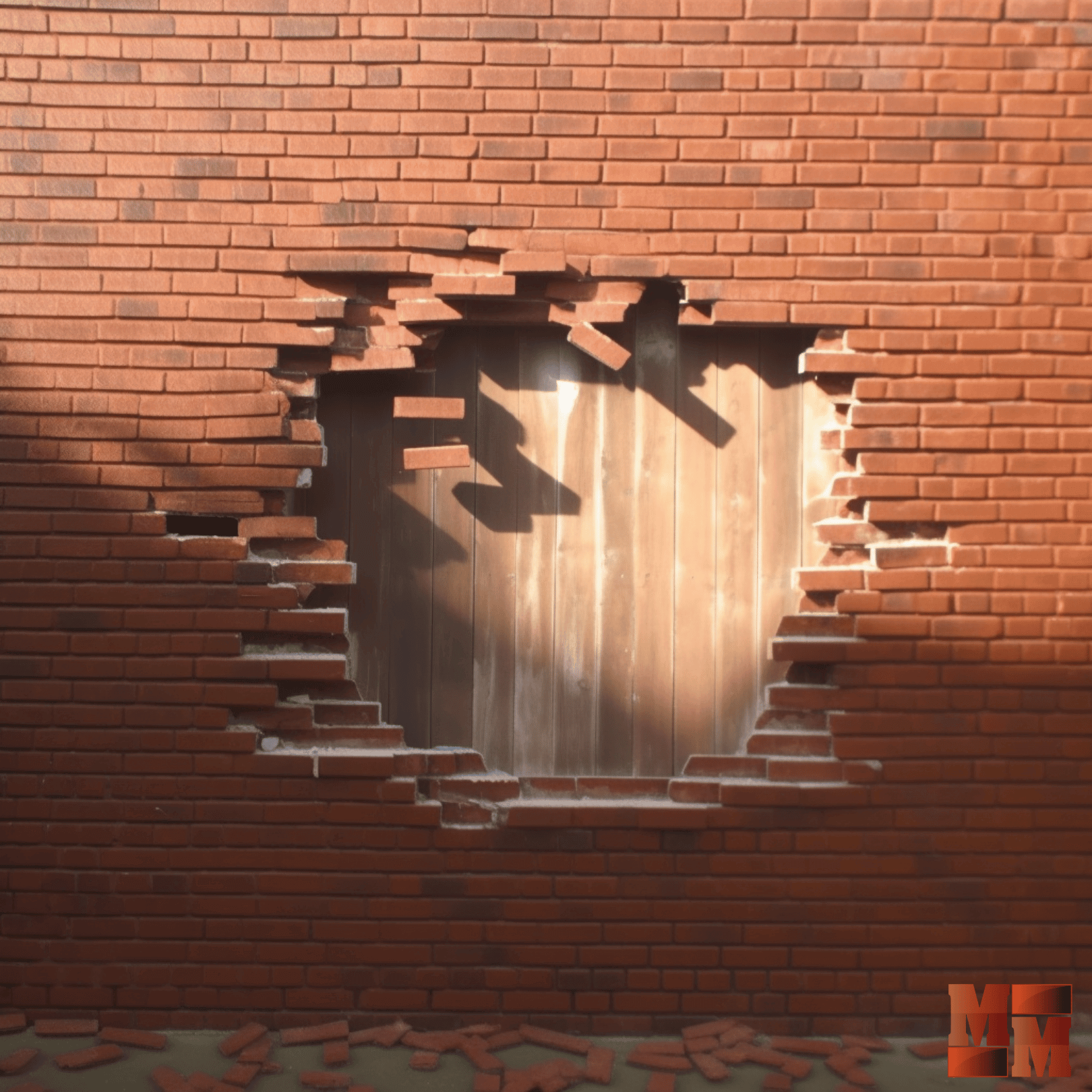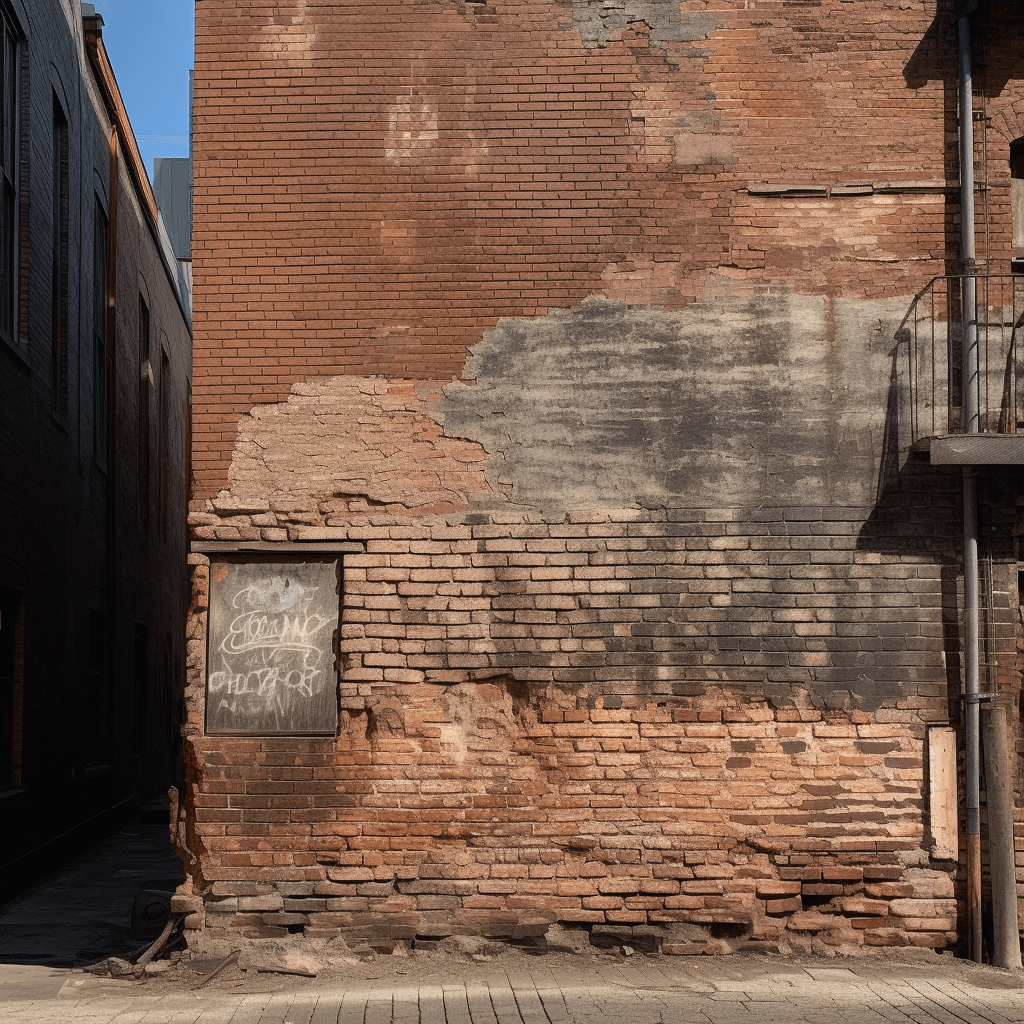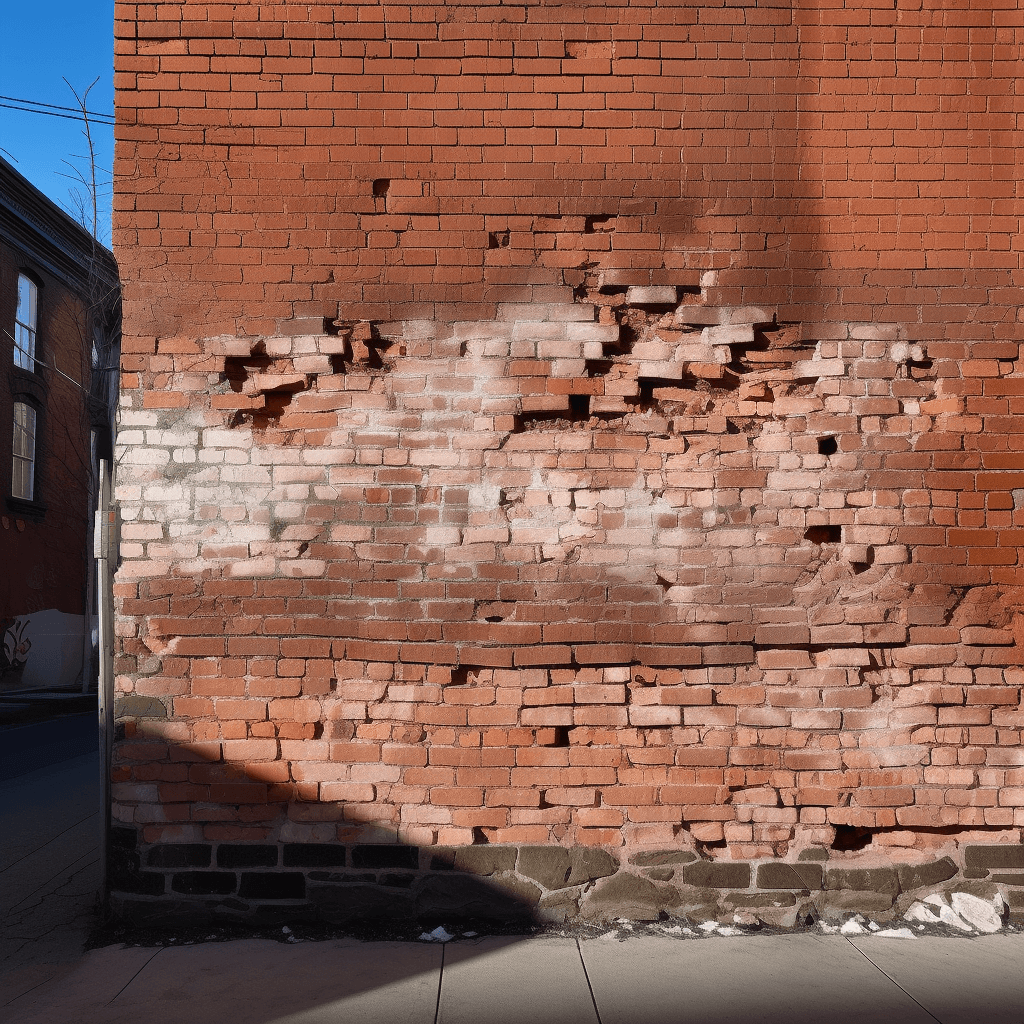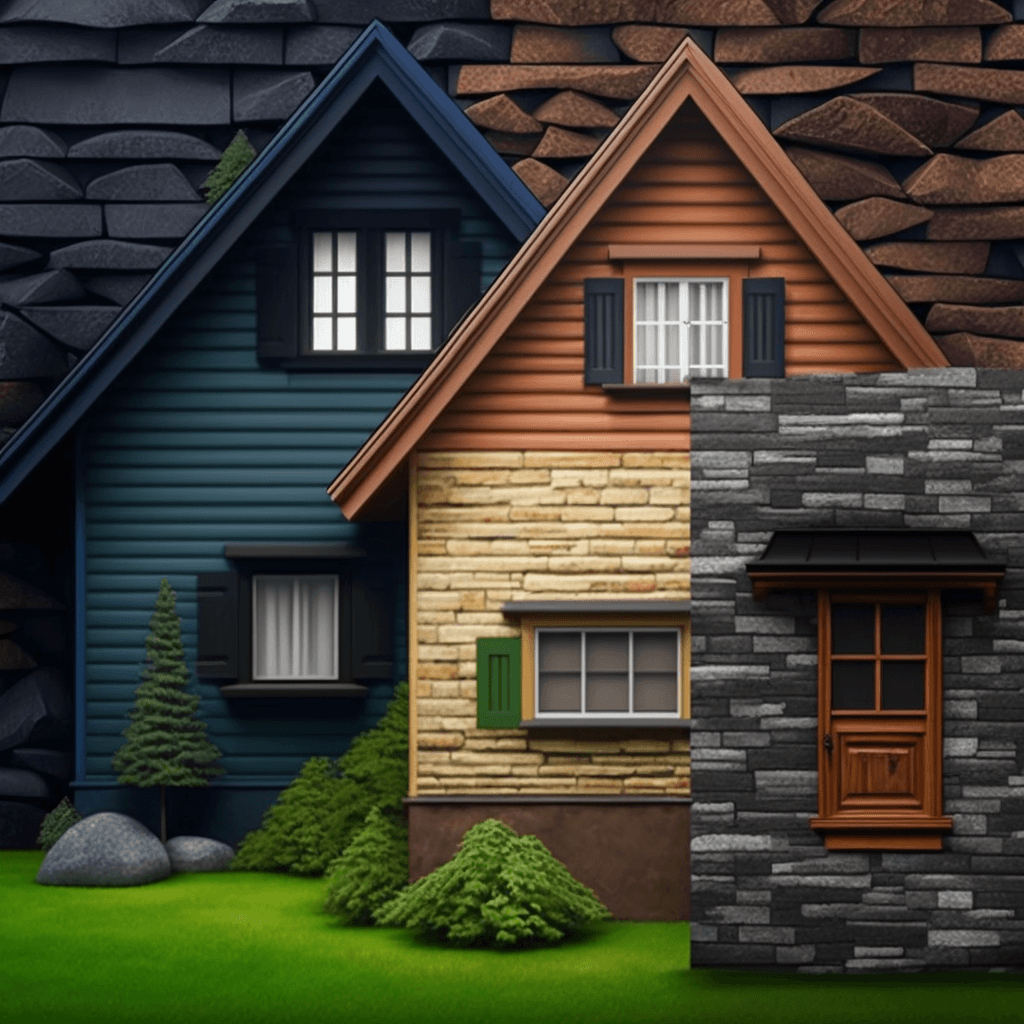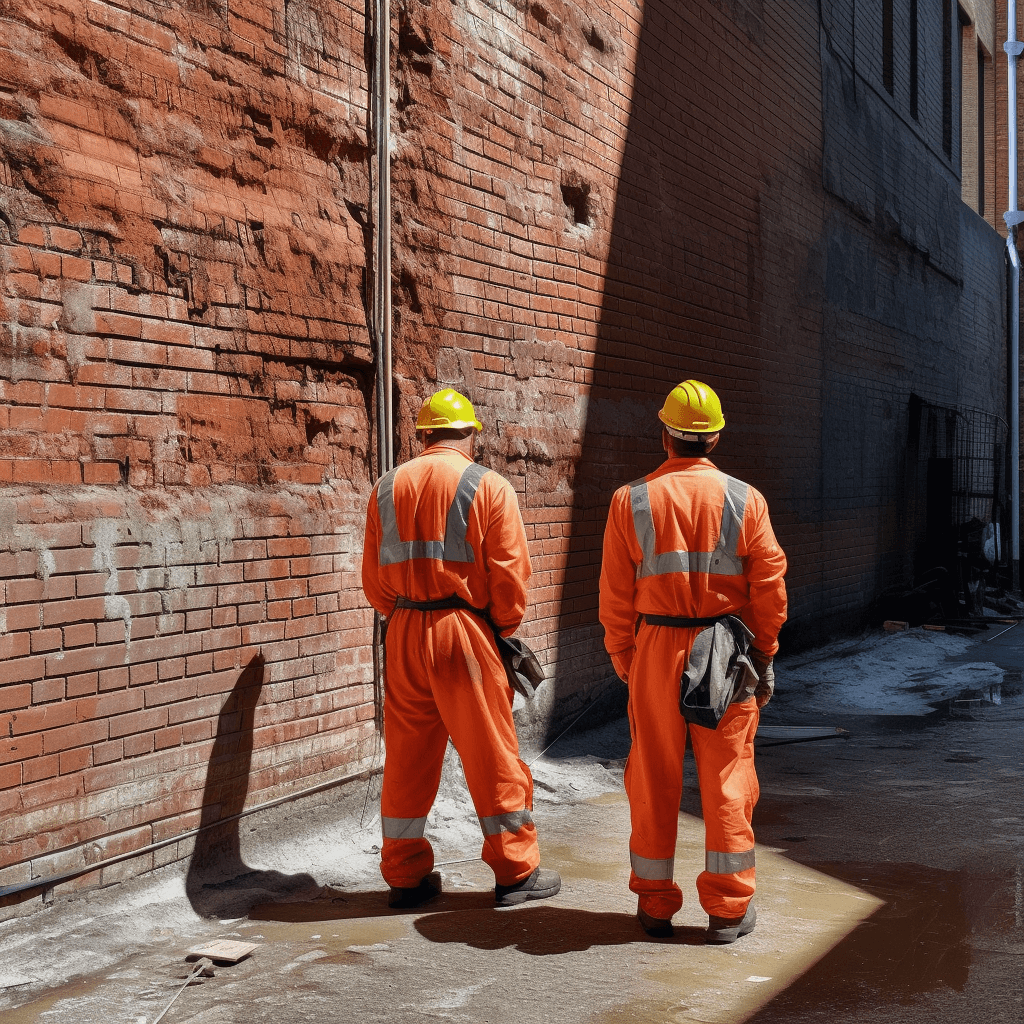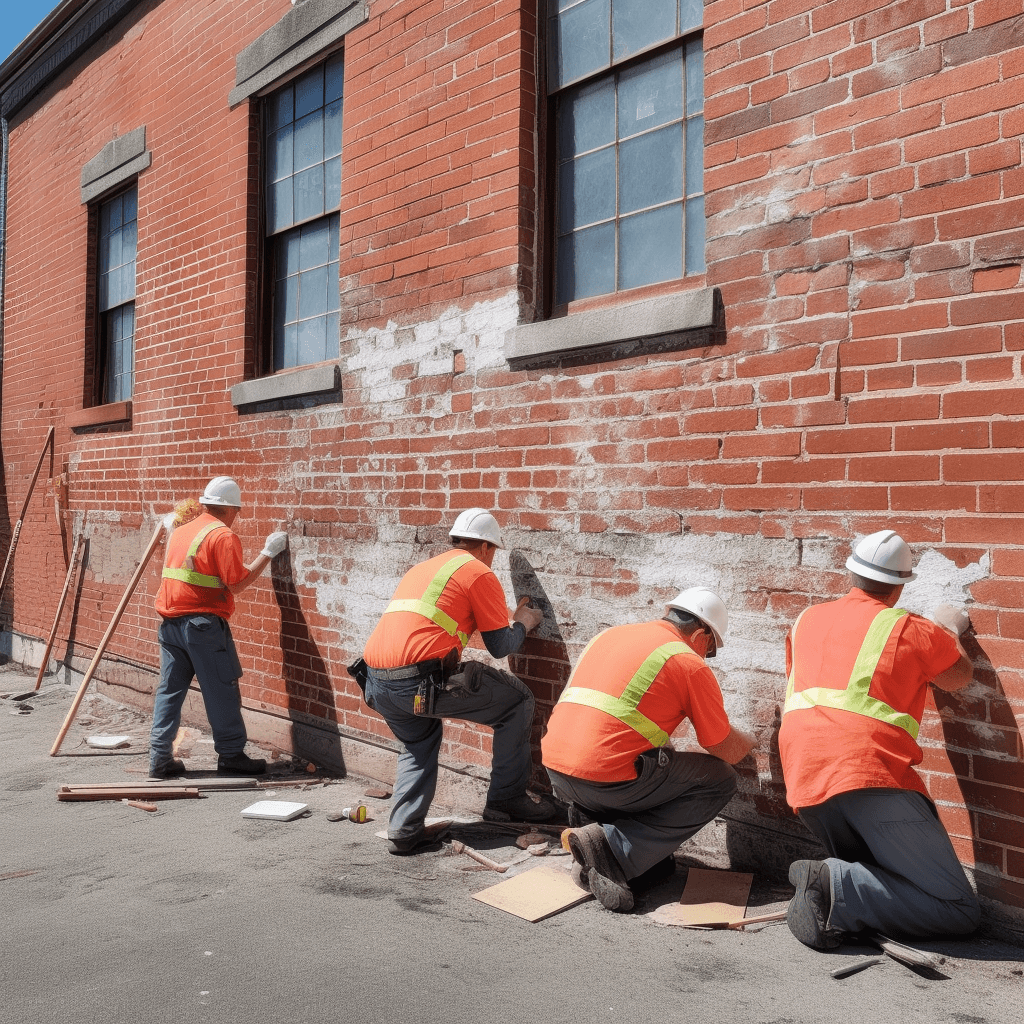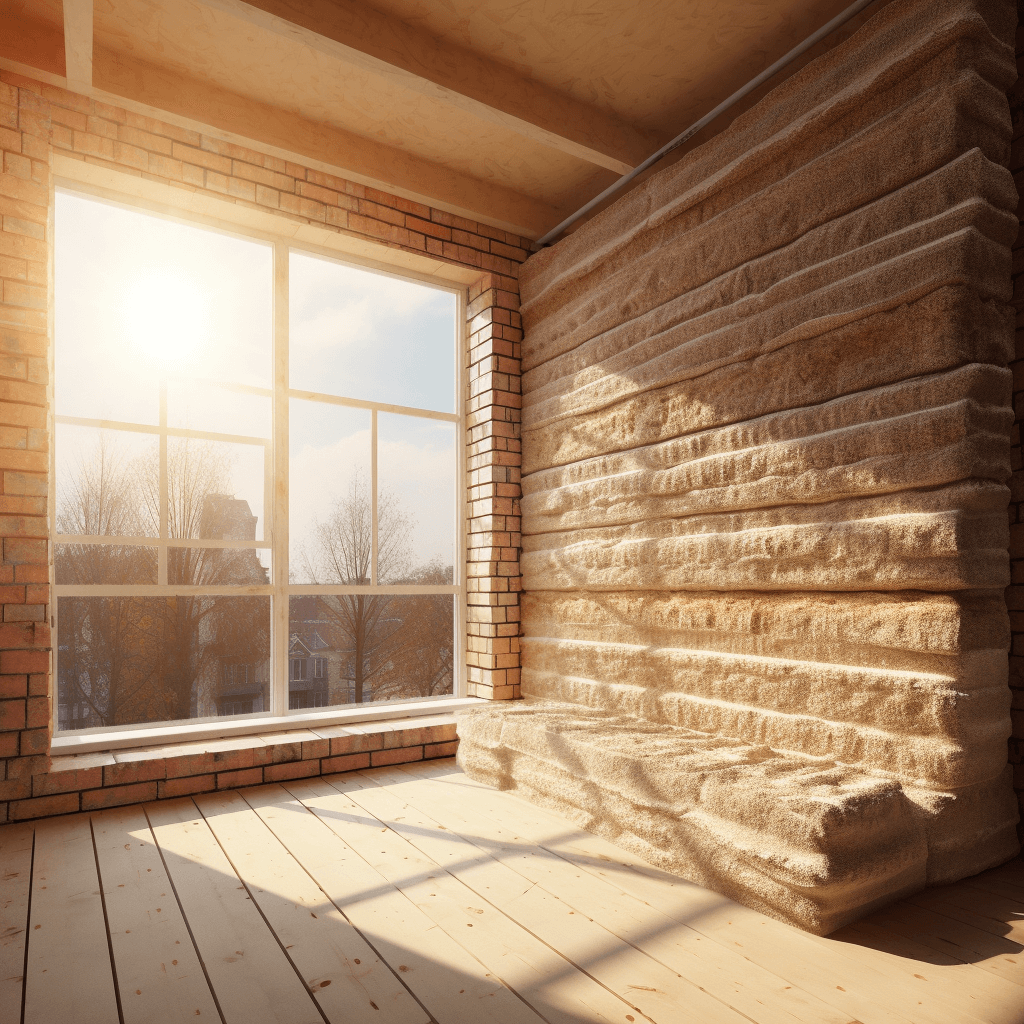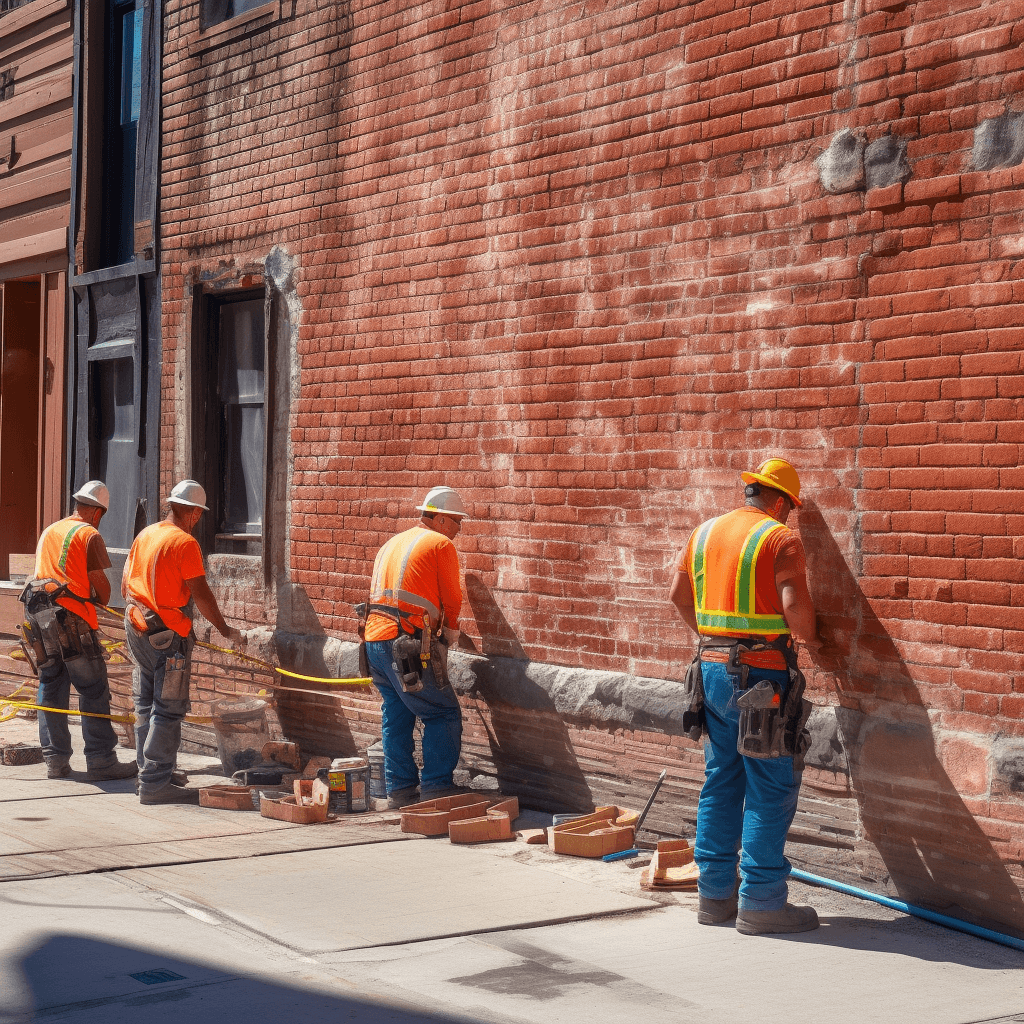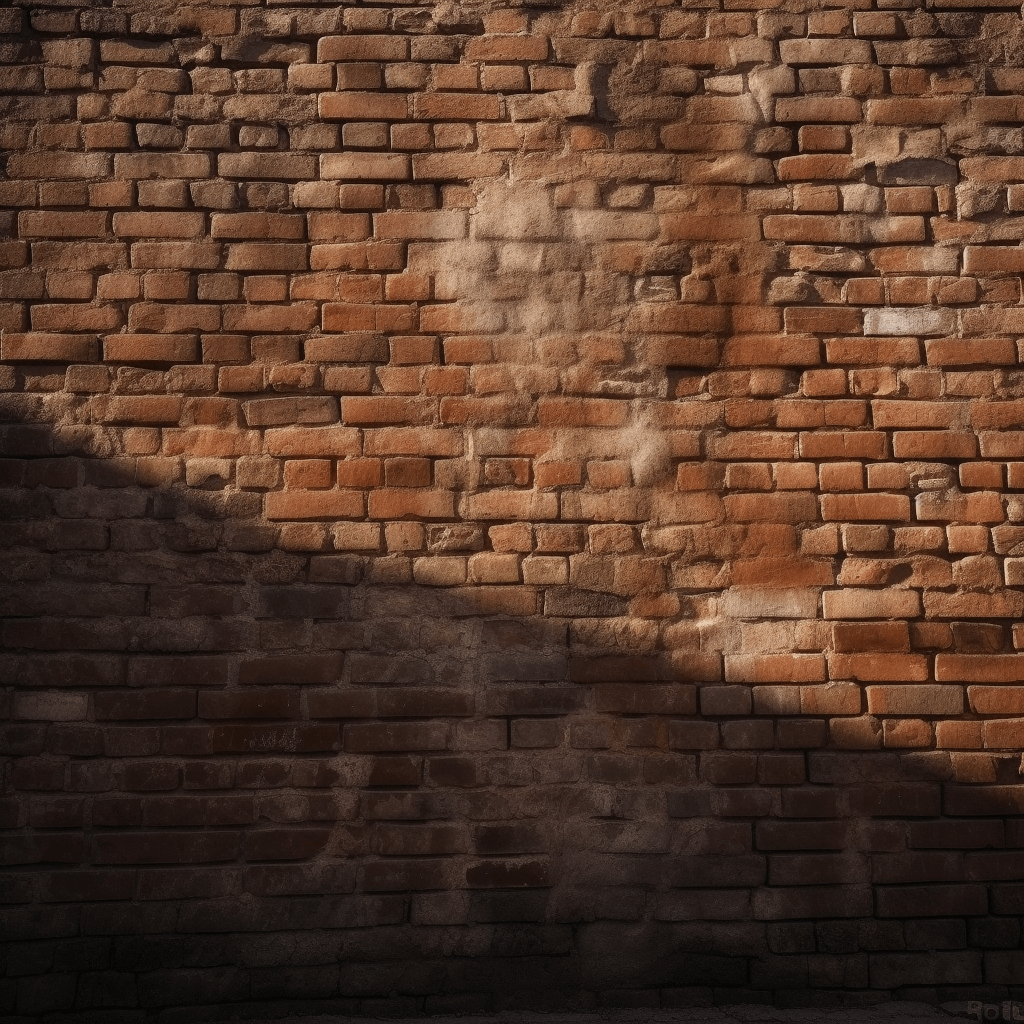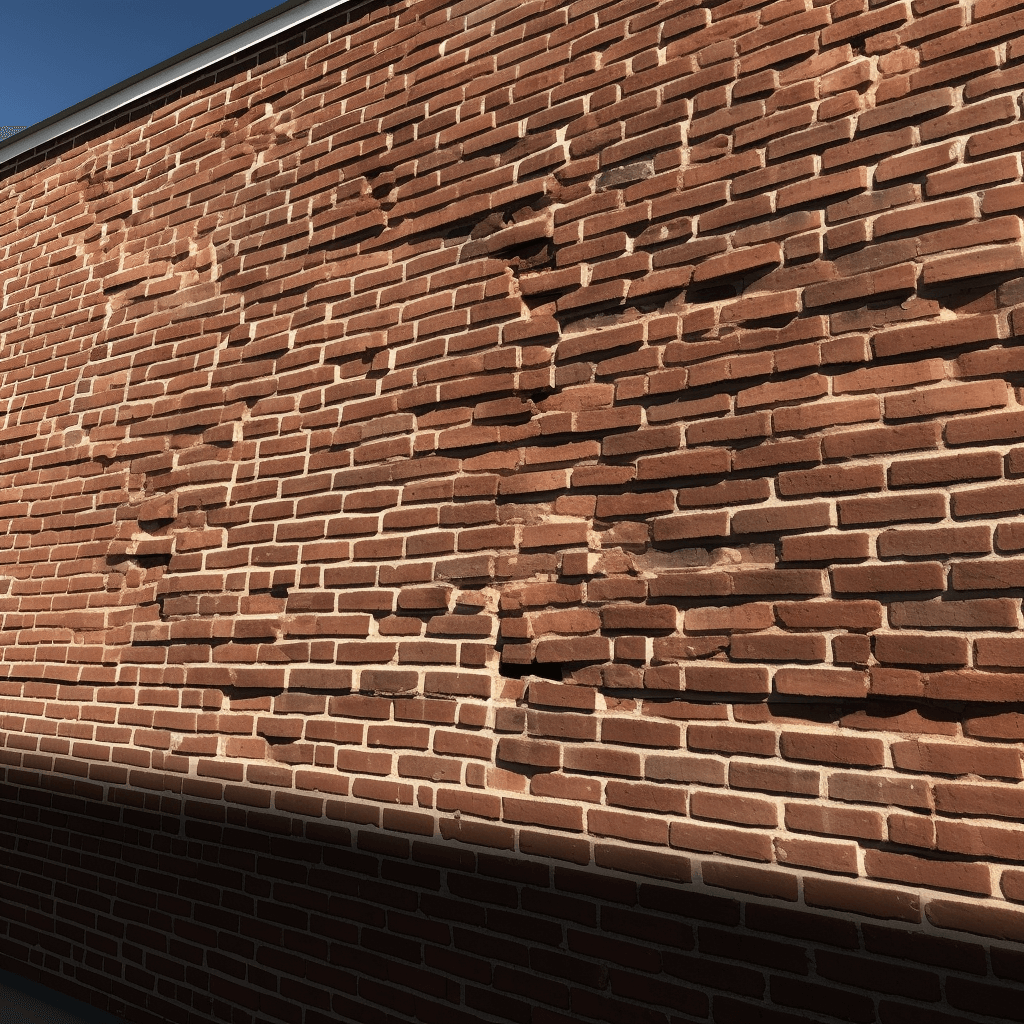Understanding Frost Boils in Masonry: Causes, Prevention, and Repair
Frost boils are a common problem in masonry structures, particularly in colder climates. These unsightly and potentially dangerous bumps or blisters on the surface of masonry are caused by the expansion of frozen water in the pores of the masonry material. In this section, we'll take a closer look at frost boils in masonry, including their causes, prevention, and repair.
What are Frost Boils in Masonry?
Frost boils are raised areas or blisters on the surface of masonry caused by the expansion of frozen water. When water freezes, it expands by around 9%, which can cause significant pressure on the pores of the masonry material. This pressure can cause the masonry to crack, heave, or even break apart in severe cases.
Frost boils can appear on any type of masonry material, including brick, stone, and concrete. They are particularly common in areas where there is a high freeze-thaw cycle, such as in colder climates where temperatures regularly fluctuate above and below freezing.
Causes of Frost Boils in Masonry
There are several causes of frost boils in masonry structures, including :
- Poor Drainage : If water is allowed to accumulate in the pores of the masonry, it can freeze and expand, causing frost boils.
- High Porosity : Masonry materials with high porosity, such as some types of brick or concrete, are more susceptible to frost boils.
- Lack of Insulation : Insufficient insulation can cause the temperature of the masonry to fluctuate rapidly, which can increase the likelihood of frost boils.
- Moisture Penetration : If water is allowed to penetrate into the masonry through cracks or other openings, it can freeze and cause frost boils.
Preventing Frost Boils in Masonry
Preventing frost boils in masonry requires a combination of proper design, construction, and maintenance. Here are some tips to prevent frost boils in masonry :
- Proper Drainage : Ensure that water is drained away from the masonry surface to prevent moisture buildup.
- High-Quality Materials : Use high-quality, low-porosity masonry materials that are less susceptible to frost boils.
- Insulation : Proper insulation can help regulate the temperature of the masonry and prevent rapid temperature fluctuations.
- Regular Maintenance : Regular inspections and maintenance can help identify and repair any cracks or other openings in the masonry that could allow water to penetrate.
Repairing Frost Boils in Masonry
If frost boils do occur, it is important to address them promptly to prevent further damage. Here are some common methods of repairing frost boils in masonry:
- Patching : Small frost boils can often be repaired by patching the affected area with a cement-based patching compound.
- Grinding : Larger frost boils may need to be ground down to the level of the surrounding masonry and then patched.
- Replacement : In severe cases, the affected masonry may need to be replaced entirely.
Conclusion
Frost boils in masonry can be unsightly and potentially dangerous if left untreated. Understanding their causes, prevention, and repair can help you keep your masonry structures in good condition and prevent future problems. If you have any concerns about frost boils in your masonry, be sure to consult with a qualified masonry contractor who can advise you on the best course of action.

